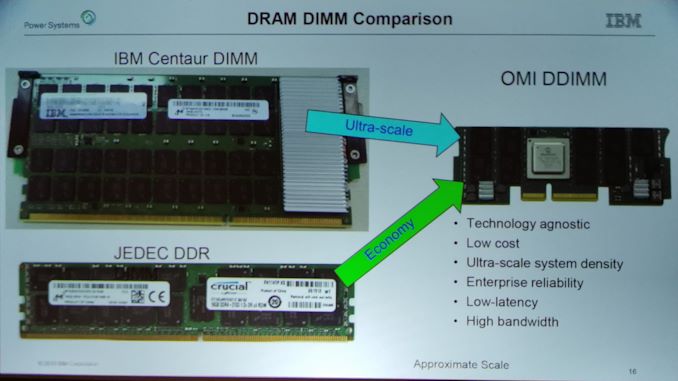Phoronix: Raptor Computing Systems Planning To Launch New ATX POWER9 Board With OpenCAPI
In addition to the news out of the OpenPOWER Summit in San Diego that the POWER ISA is going open-source and the OpenPOWER Foundation becoming part of the Linux Foundation, Raptor Computing Systems shared they plan to launch a new standard ATX motherboard next year that will feature OpenCAPI connectivity...
In addition to the news out of the OpenPOWER Summit in San Diego that the POWER ISA is going open-source and the OpenPOWER Foundation becoming part of the Linux Foundation, Raptor Computing Systems shared they plan to launch a new standard ATX motherboard next year that will feature OpenCAPI connectivity...




Comment